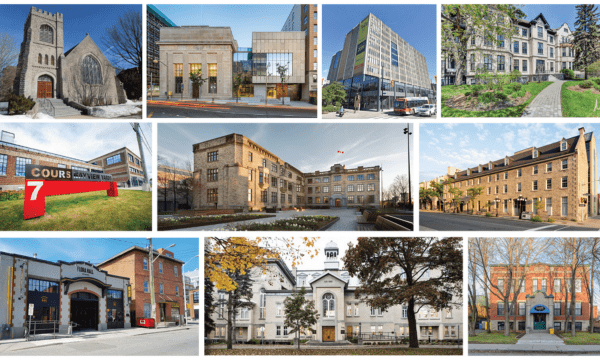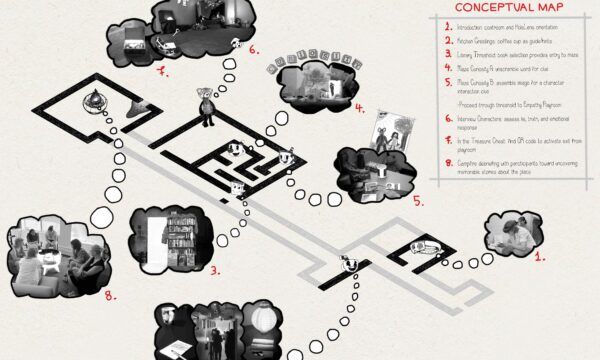The University of British Columbia Park Research and Presentation at the Annual 2025 CELA Conference
By Narita Ico and Cynthia San, Students at the University of British Columbia
In March 2025, the University of British Columbia’s (UBC) Right to Land research team participated in the annual Council of Educators in Landscape Architecture (CELA) conference, held in Portland, Oregon. Themed “Processes + Impacts”, this year’s conference convened landscape architecture educators, students, and practitioners to critically engage with the multifaceted effects of landscape architectural practice. Through a series of lectures, panel discussions, and poster presentations, participants explored the beneficial and detrimental impacts on the people and environment that arise from the field’s processes and interventions.
This year’s conference centered on critical questions concerning how landscape architects define, apply, and reflect upon their design processes; assess and communicate the impacts of their work; and leverage these insights to transform both educational frameworks and professional practice. A key emphasis was placed on fostering equity and accountability throughout all stages of design, research, and implementation. By engaging in a collective examination of process and impact, the conference invited participants to reimagine the role of landscape architecture in shaping a more sustainable, just, and resilient future for both environments and communities.
The research presented by the UBC team interrogated the historical development of public parks in the City of Vancouver, challenging the conventional narrative that government-established parks primarily serve environmental and recreational purposes. Although the Vancouver Park Board’s stated mission is to “provide, preserve, and advocate for parks and recreation services to benefit all people, communities, and the environment,” a critical historical analysis revealed that the establishment and evolution of these landscapes have been deeply entwined with colonial urban, economic, and military agendas. The findings demonstrate that the creation of parks frequently reflects shifting political priorities that have consistently reinforced a colonial framework of growth. Contrary to their popular portrayal as ecological sanctuaries or equitable public spaces, many of Vancouver’s parks have emerged from the purposeful displacement of Indigenous communities, the continuity of infrastructural logic, and the divesting of land unfavourable to building or development.
The group’s work was delivered in two parts. The first component was a poster presentation, through which the team visually communicated their research and engaged in direct dialogue with attendees to facilitate broader public understanding of the project. The second component was a joint panel session, where the UBC Right to Land team presented their findings alongside other scholars whose work engaged with themes of history, theory, and culture. This well-attended session concluded with a panel discussion, allowing the audience to pose questions related to individual research projects as well as overarching themes addressed by the group. Together, these sessions not only supported the dissemination of the team’s research but also served as a platform to introduce and advance the national initiative Quality in Canada’s Built Environment: Roadmaps to Equity, Social Value and Sustainability, which is the foundation from which the work has emerged.
This presentation marked a significant milestone in UBC’s five-year research initiative, representing the culmination of three years of critical inquiry into the historical and contemporary dynamics of park development. The insights gained thus far now inform the project’s current phase, which focuses on proposing actionable strategies to foster more equitable spatial design practices. As one of the few Canadian research teams represented at this internationally attended conference, the work underscored the unique contributions of Canadian landscape architecture in advancing public understanding of the socio-spatial dynamics involved in park processes. Moving forward, it is essential that this research remains grounded in its commitment to public education and continues to challenge dominant narratives of equity in relation to parks and green spaces. This ongoing engagement is vital to transforming both public perception and professional practice in the pursuit of equitable, just, and sustainable landscapes.



